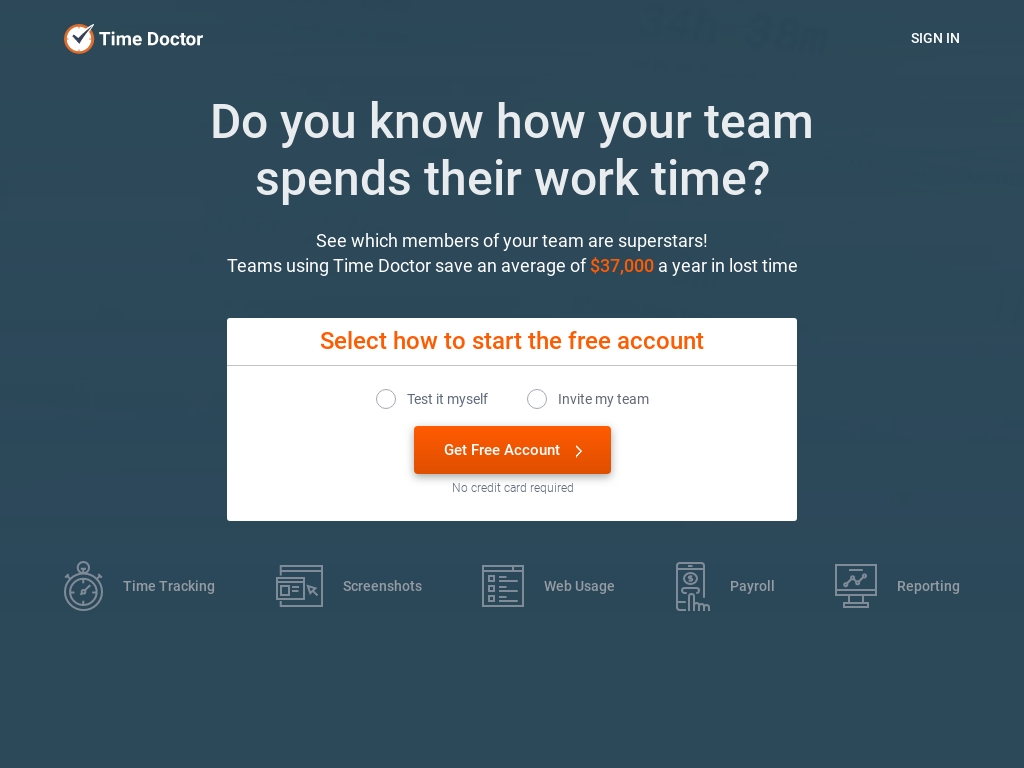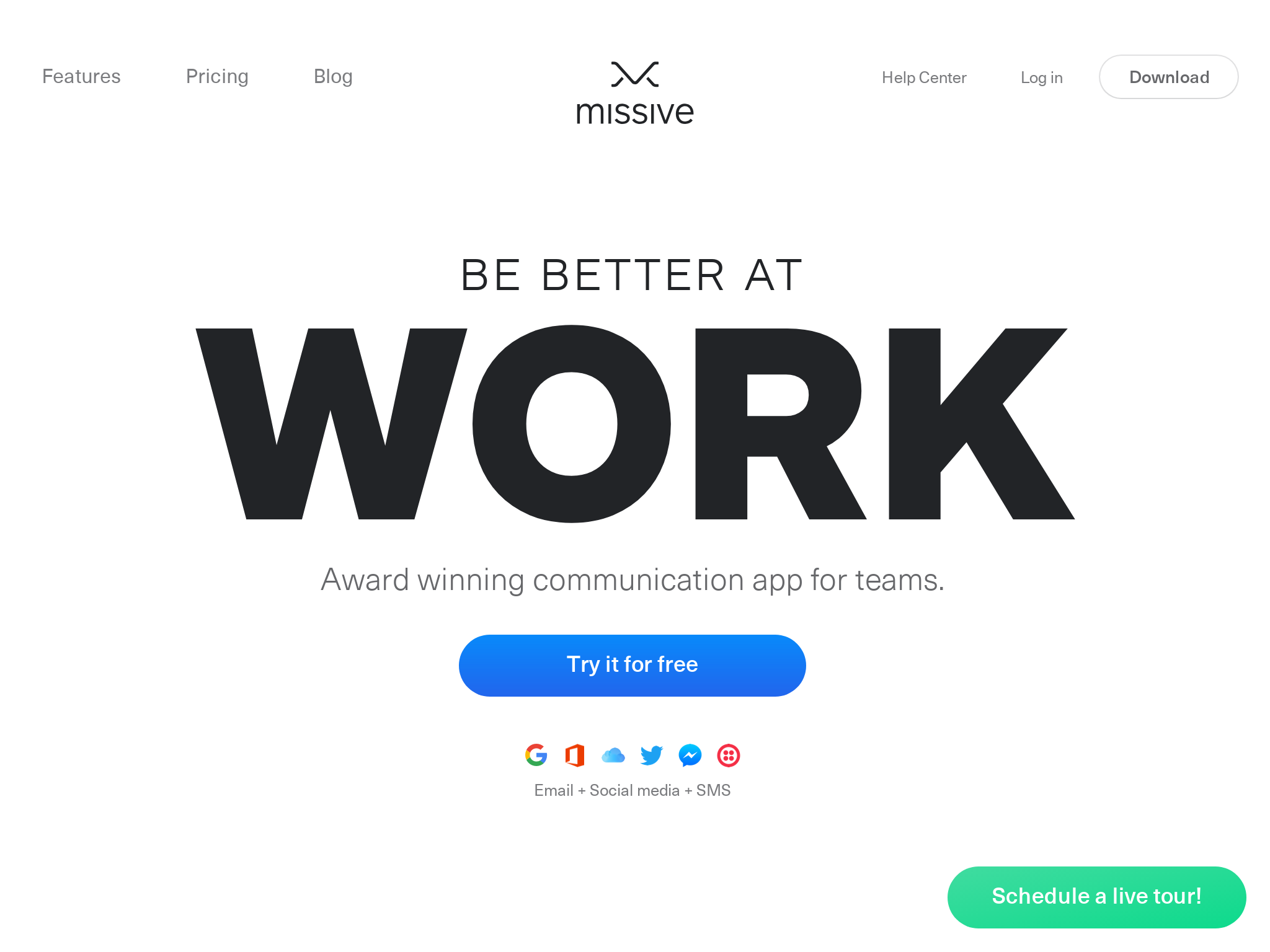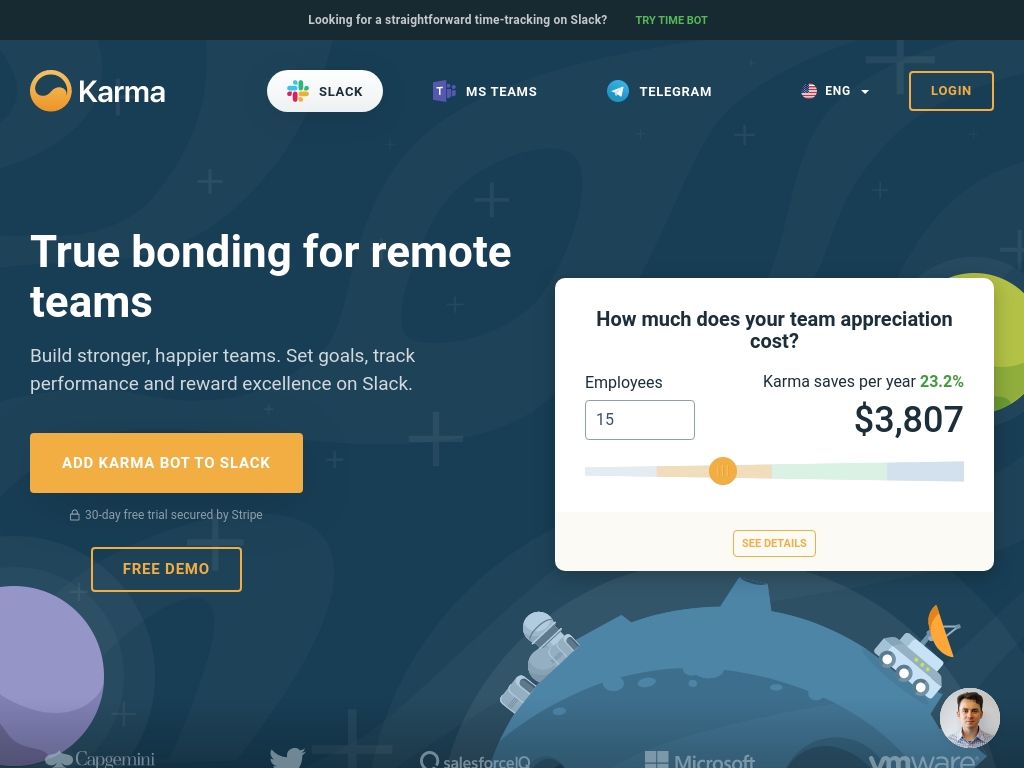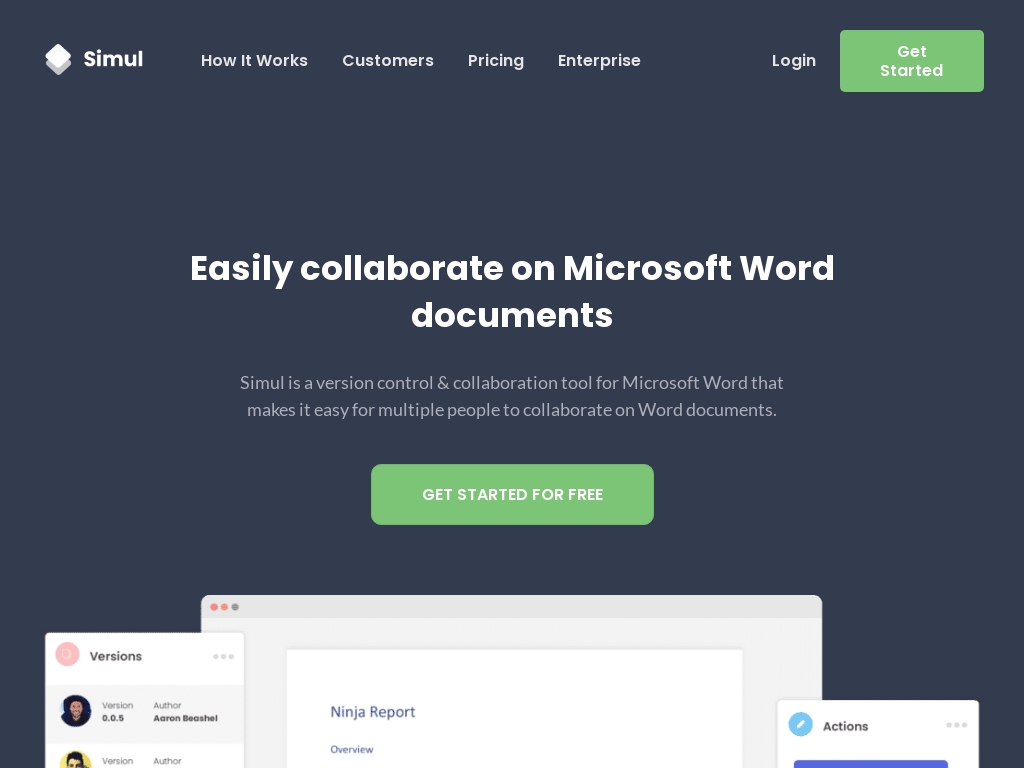
7 Team Collaboration App Success Stories [2026]
In a world where remote work is becoming the norm, a Team Collaboration App is essential for seamless communication and productivity. This idea revolves around building a platform that enables teams to share files, manage projects, and communicate effectively in real-time.
Think of it as a one-stop-shop for every need your team may have—whether that's video conferencing, task management, or document sharing. The beauty of this idea lies in its flexibility and scalability, accommodating small startups to large corporations.
Developing such an app involves planning user-friendly interfaces and integrating robust security features. You'll need to maintain a steady pace of updates and customer support to keep users satisfied and engaged.
If you possess a knack for solving workplace inefficiencies and a passion for coding or project management, this is a venture worth considering. Team Collaboration Apps are not just tools; they're the backbone of modern remote work culture.
In this list, you'll find real-world team collaboration app success stories and very profitable examples of starting a team collaboration app that makes money.
1. Time Doctor ($22M/year)
Liam Martin and his co-founder Rob Rawson conceived the idea for Time Doctor from a blend of personal frustrations and serendipitous encounters. Liam, who was struggling with managing remote tutors for his previous business, constantly faced disputes over billed hours and actual work done. His personal stress even led to serious health issues. Around this time, at South by Southwest, Liam met Rob, who had an early version of Time Doctor, developed for his internal team.
Intrigued by the potential of this tool to solve his own business issues, Liam saw a broader application for remote work management. Encouraged by their mutual experiences and a timely burst of entrepreneurial itch, they decided to refine the product together. They validated their concept by launching a beta version and eventually moved to a paid model, which revealed true user commitment and provided critical feedback. Throughout the ideation phase, they faced the challenge of balancing product development with market readiness and learned early the importance of charging for their tool to drive real user engagement and valuable insights.
How much money it makes: $22M/year
How many people on the team: 82


Discover how two founders transformed personal frustrations into Time Doctor, a bootstrapped SaaS juggernaut generating an impressive $22 million annually by leveraging strategic SEO, paid ads, and a focused remote work model.




2. Meister ($12M/year)
Michael Hollauf, one of the founders of Meister, came up with the idea for their apps MindMeister and MeisterTask after realizing the limitations of existing collaborative tools like Google Docs and MindManager. Combining the collaborative features of Google Docs with the brainstorming capabilities of MindManager, they created MindMeister, the biggest online mind mapping app with over 11 million users. They bootstrapped the company initially, but later received a small angel investment of $600K to accelerate development.
How much money it makes: $12M/year
How much did it cost to start: $20K
How many people on the team: 85


Meister Labs, creators of MindMeister and MeisterTask, have close to $10 million ARR with their Freemium subscription business model, providing software tools for small to medium-sized businesses from all verticals and private users as well, which include 11 million MindMeister and 3 million MeisterTask users.




3. Missive ($1M/year)
At first, Philippe and his co-founders were working on another project called ConferenceBadge. While organizing networking events, Philippe realized the need for an online solution to design and order name badges. During a brainstorming session, they came up with the idea for Missive, a collaborative email tool, and decided to pursue it alongside ConferenceBadge.
How much money it makes: $1M/year
How much did it cost to start: $0
How many people on the team: 4


Missive, a collaborative email tool, reached $2M in annual recurring revenues with a team of three co-founders after seven years of constant work, relying mostly on word-of-mouth marketing and creating a solid quality product for their customers.




4. Karma ($420K/year)
David and his co-founder Stas recognized the issue of team inefficiency firsthand while running their web development agency. They noticed that even with a great team, employees often worked in silos, leading to delayed projects and increased costs. This observation motivated them to build Karmabot as an internal tool to better align their team on Slack and boost collective performance through a rewards system.
Before fully committing to the idea, they experimented with existing tools but found them lacking, particularly in linking productivity directly to employee bonuses. This gap led them to develop a Minimum Viable Product (MVP) integrating instant recognition and leaderboard features to track team performance more effectively. They refined their product based on initial feedback and internal testing, ensuring it addressed both their employee engagement needs and provided valuable insights for performance management.
During the ideation phase, they encountered challenges such as making the system user-friendly and ensuring it provided actionable insights. By iterating through multiple versions and incorporating advanced technologies like Natural Language Understanding, they overcame these hurdles, developing a robust solution that not only suited their needs but also resonated with larger organizations facing similar issues. The key lesson they learned was iterating based on real-world use and feedback to create a product that truly solves a pressing problem.
How much money it makes: $420K/year
How many people on the team: 20


Discover how Karma transformed team productivity with a pioneering Slack-integrated recognition tool, driving $300,000 in Kickstarter sales within three months and leveraging YouTube, SEO, and interactive tours for scalable growth, all while offering a powerful lesson in adaptability and user engagement for aspiring founders aiming to enhance their team collaboration dynamics and performance metrics.




5. Simul Docs ($120K/year)
Ben, a software engineer, came up with the idea for Simul Docs after applying the principles of version control used by developers to Microsoft Word documents. The initial launch on Hacker News received over a thousand signups and even caught the attention of Microsoft. With a fully functional product, Aaron joined as a co-founder to lead the go-to-market efforts. Today, Simul has over 10,000 users in 65 countries and $140k in annual recurring revenue, relying primarily on organic search for customer acquisition.
How much money it makes: $120K/year
How many people on the team: 2


Simul Docs doubles its annual recurring revenue every year, boasting over 10,000 users across 65 countries including Microsoft, Harvard University, Samsung, and Disney. The collaboration tool provides a better way for people to work on Microsoft Word documents and is committed to bootstrapping for a small but highly profitable future.




6. GanttProject ($36K/year)
Dmitry Barashev came across GanttProject while searching for open-source Gantt chart drawing software to use on Linux. He made a contribution by implementing a command-line export feature and eventually took over leadership and administration. With no paid advertising, GanttProject has grown steadily and generates $3000-5000 in monthly revenue, with loyal customers and a low churn rate. The team is now working on GanttProject Cloud, a low-cost commercial product offering collaboration features and online project storage.
How much money it makes: $36K/year
How much did it cost to start: $0
How many people on the team: 0

GanttProject, a popular free open-source project scheduling application, generated $3000-5000 monthly through the pay-what-you-want model, despite not spending a single dollar on paid traffic, and has now grown to over 2-3k monthly active users.




7. Indie Worldwide ($24K/year)
Anthony came up with the idea for Indie Worldwide after experiencing setbacks in his career and freelancing. He leveraged his experience in running events and his desire to be like other successful founders in the indie hacking community to create a virtual meetup for indie hackers. Through organic growth and strategic launches on platforms like Product Hunt, the community has grown to over 2,000 members and has multiple revenue streams, including a successful Founders' Club with $5.5k in ARR and sponsorships.
How much money it makes: $24K/year
How much did it cost to start: $1.2K
How many people on the team: 1


Indie Worldwide has scaled to 2,000 members with revenue streams generating $5.5k ARR and $3k in sponsorships, offering aspiring founders a blueprint for creating profitable virtual communities.





Download the report and join our email newsletter packed with business ideas and money-making opportunities, backed by real-life case studies.

Download the report and join our email newsletter packed with business ideas and money-making opportunities, backed by real-life case studies.

Download the report and join our email newsletter packed with business ideas and money-making opportunities, backed by real-life case studies.

Download the report and join our email newsletter packed with business ideas and money-making opportunities, backed by real-life case studies.

Download the report and join our email newsletter packed with business ideas and money-making opportunities, backed by real-life case studies.

Download the report and join our email newsletter packed with business ideas and money-making opportunities, backed by real-life case studies.

Download the report and join our email newsletter packed with business ideas and money-making opportunities, backed by real-life case studies.

Download the report and join our email newsletter packed with business ideas and money-making opportunities, backed by real-life case studies.












